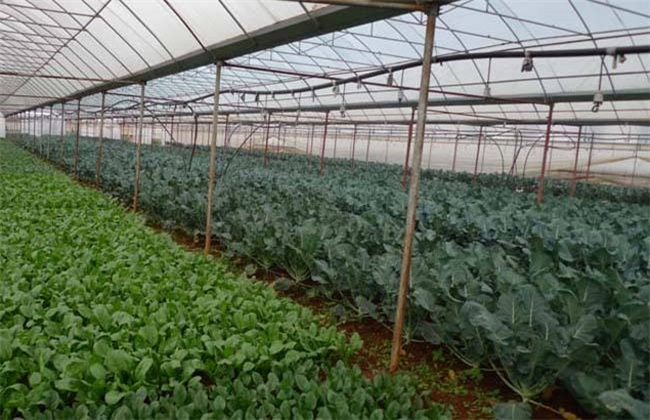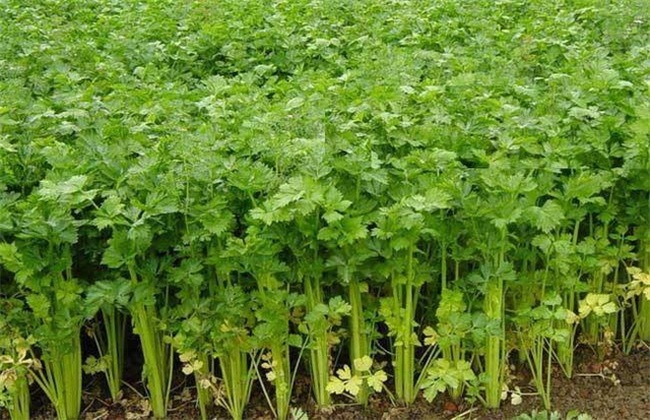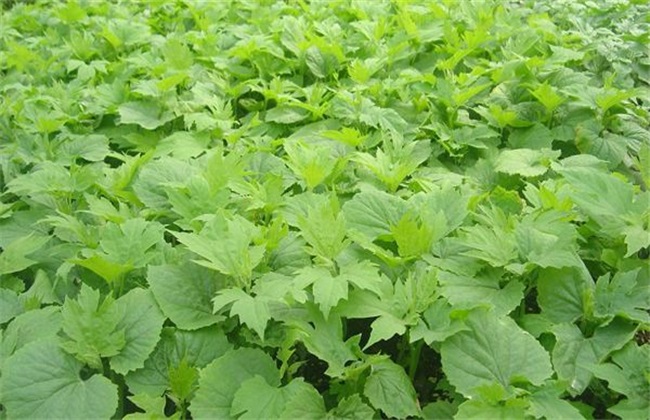Technical management of vegetable planting in greenhouse
The greenhouse is a warm space in which the structure is combined with the greenhouse film, so that it can be insulated by the accumulation of carbon dioxide. It is possible to raise the temperature to grow vegetables that cannot be grown in the current season when the local temperature is low. Out-of-season planting is one of the biggest advantages of greenhouse planting, but it also has some disadvantages, such as easy fertilizer damage and drug damage. Therefore, management should grasp these key points and put them into practice.

I. cultivation and management
1. Temperature regulation
Cold winter, must keep warm, little ventilation, but at night carbon dioxide concentration will rise, vegetables left the most growth, or need plenty of oxygen, so the sunny day must open the skylight to breathe. This will not lower the temperature in the shed too much. In summer, both ends of the greenhouse can be open during the day, and the temperature can be turned off at night. It can be ventilated all the time without cooling. The internal temperature adjustment should also be adjusted according to the external temperature.
two。 Humidity
The greenhouse is prone to drought, but the humidity in the greenhouse is too high, which is disadvantageous to the growth of vegetables. Therefore, one watering can not be too much, because the water is relatively slow. It is best to choose drip irrigation, but also remember to choose anti-drip greenhouse film, so as to avoid water dripping on vegetables, easy to produce diseases, especially some rot and so on. But it has to be watered. Drip irrigation is the best way.
3. Transmission of light
Greenhouse film to choose a better light transmittance, generally vegetables need plenty of sunlight, but sometimes some vegetables can be softened and cultivated, such as leek, which is in the vegetables grow for a period of time, and then carry on dark treatment, this can make vegetables taste soft, taste good.
II. Points for attention
1. Fertilizer damage
Long-term drip irrigation in greenhouse, no rain, no flowing water irrigation, planting time for a long time, unconsumed fertilizers are accumulated in the soil, easy to increase soil concentration, affect root absorption, can not absorb nutrient water, but also damage the root system. Finally, it is to change the land for planting. Alternate planting.
two。 Drug damage
Due to the limited space, the effective way of pesticide is fumigation and so on, so it is easy to produce drug damage, pesticide residues in the soil, harmful to the growth of vegetables. Therefore, it is best to pay attention to the prevention of diseases and insect pests, less use of toxic pesticides. Choose the protective agent and spray as much as possible.
Greenhouse planting has both advantages and limitations, but as long as the advantages outweigh the disadvantages, it can be used continuously. And the greenhouse production technology will also be more optimized. Comparatively speaking, the main management of vegetable production in greenhouse will be easier than that in open field.
Related
- Where is it suitable to grow horseradish in China? it is expected to see the middle altitude horseradish in Alishan.
- How to prevent tomato virus disease reasonably? (Control methods included)
- Many people like to plant towel gourd on the balcony. What are the main points of this method and management?
- What crops can chili peppers be mixed with?
- Fertilization techniques and matters needing attention in Tomato
- What are the grafting techniques for peach seedlings in spring?
- Harm and control methods of root swelling disease of Chinese cabbage
- What are the pests of sweet potatoes? How to prevent and cure it?
- Symptoms, causes and Control methods of navel Rot in Tomato
- The cause of "Cucumber rotten bibcock" in Farmers' planting Cucumber and its Control Plan



